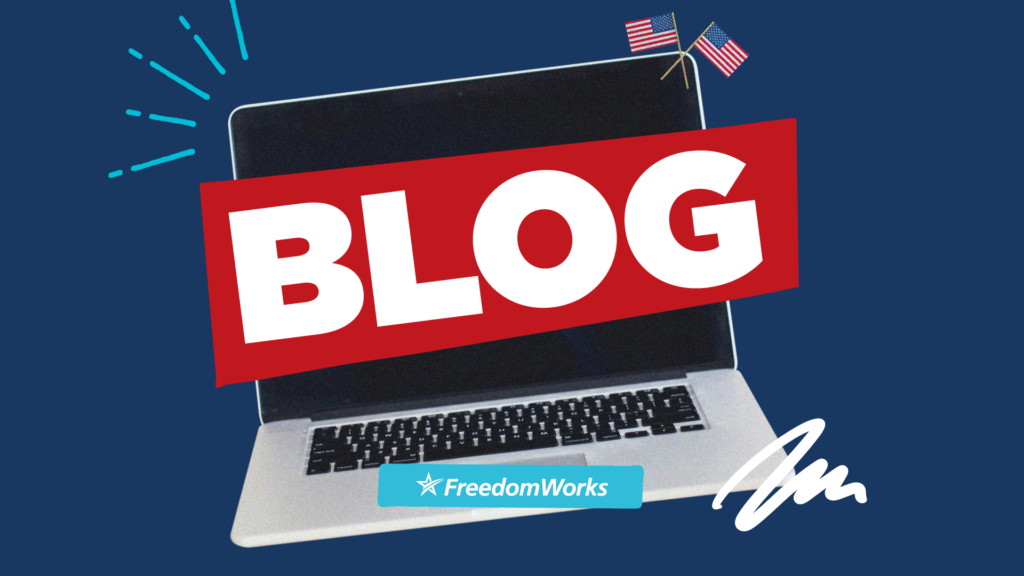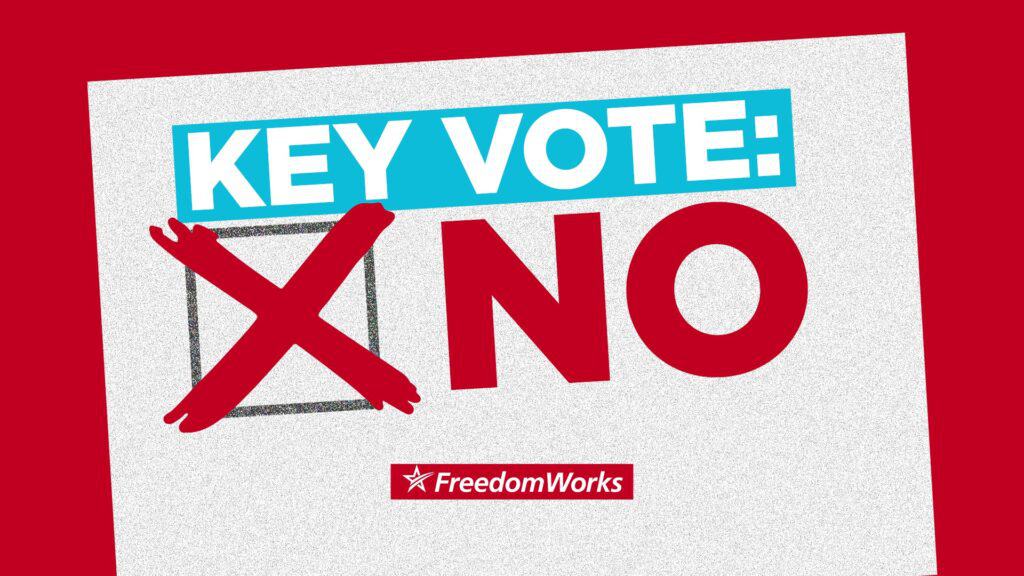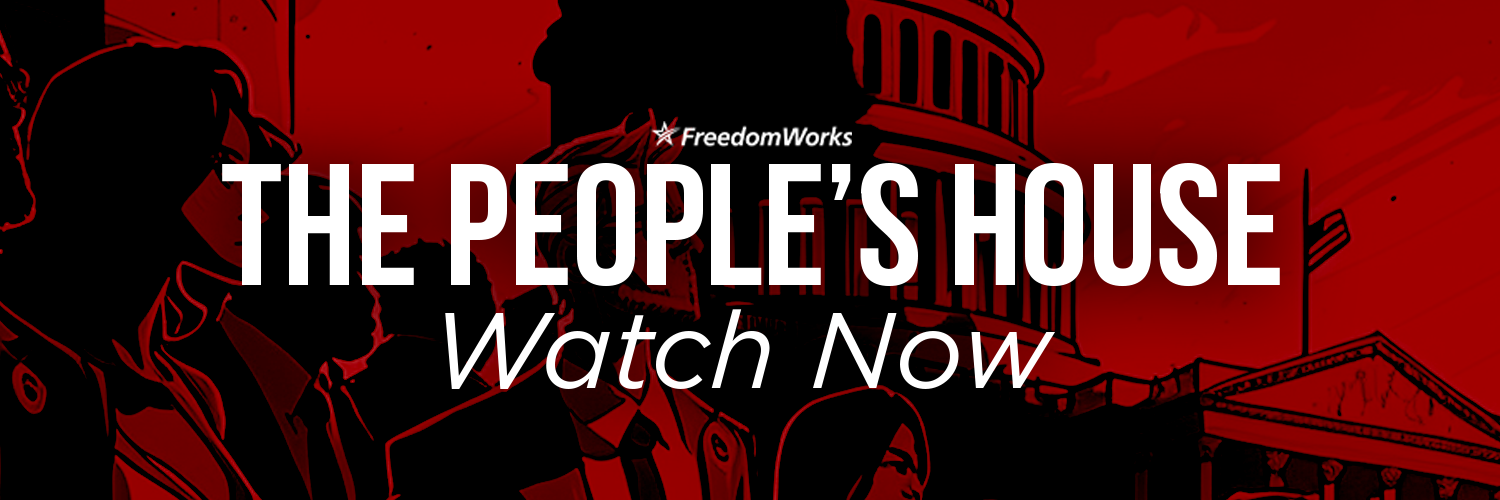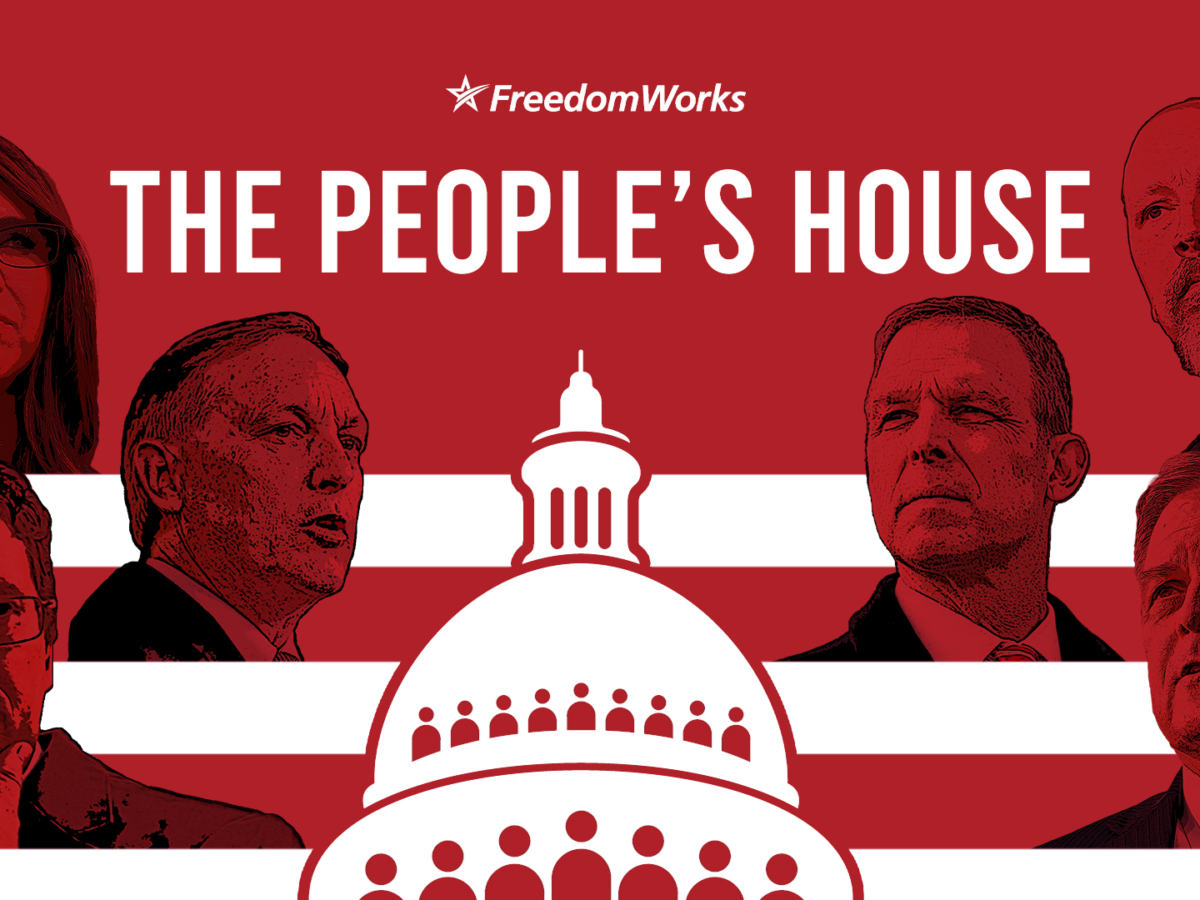Key Vote YES on the Congressional Review Act Resolution to Overturn the Securities Exchange Commission’s Staff Accounting Bulletin 121, H.J.Res. 109
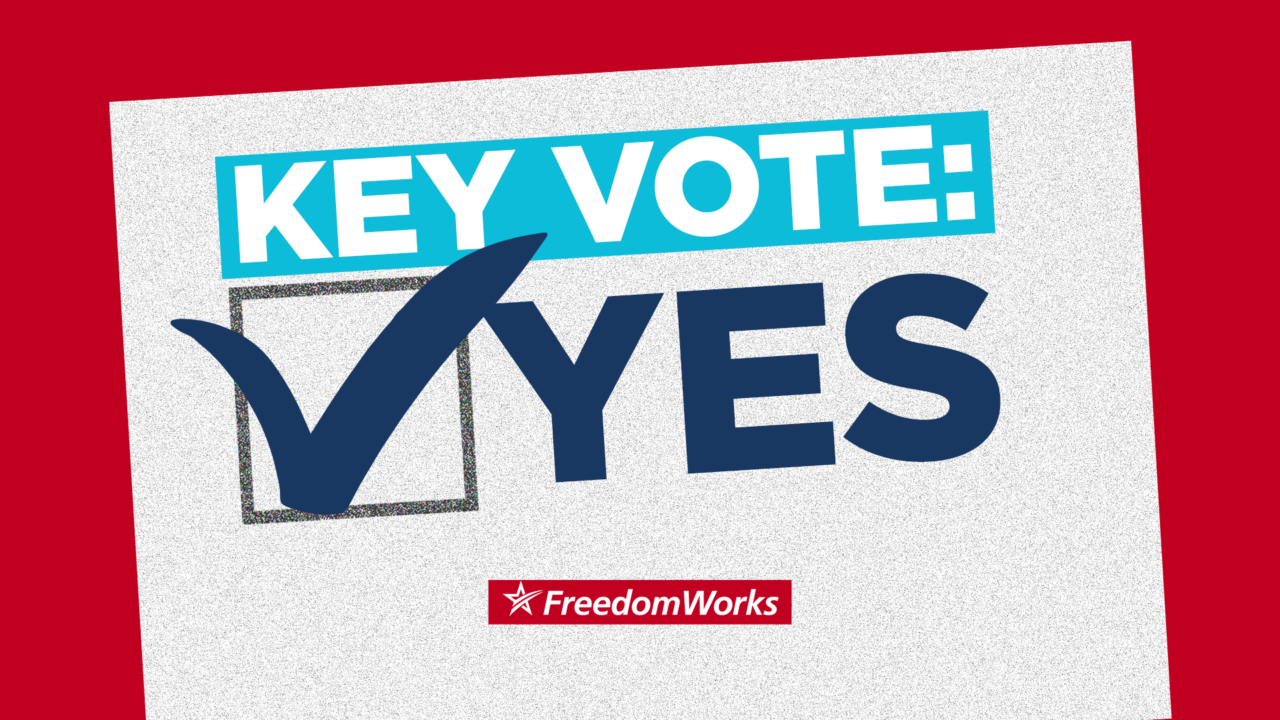
On behalf of our activist community, I urge you to contact your representative and urge him or her to vote YES on the Congressional Review Act (CRA) disapproval resolution to overturn the Securities and Exchange Commission’s (SEC) Staff Accounting Bulletin (SAB) 121, H.J.Res. 109.
Introduced by Reps. Mike Flood (R-NE) and Wiley Nickel (D-NC), this bipartisan CRA would stop SEC Chairman Gary Gensler’s latest attack on cryptocurrencies and the foundation of decentralized finance (DeFi). The SAB attacks cryptocurrencies by confusing the distinction between customer assets (self-custody wallets) and bank assets. Furthermore, the capital requirements contained in SAB 121 have effectively precluded banks from being able to safely offer digital asset custody services.
It should go without saying that the overzealous SEC should have sought public comment prior to going rogue and issuing this legal requirement. This effort will, yet again, reign in authority over an agency that continues to overstep its authority into American businesses and finances. This CRA is crucial in ensuring that banks can safely hold digital assets for investors.
FreedomWorks will count the vote on the Congressional Review Act resolution to overturn the U.S. Securities and Exchange Commission’s (SEC) Staff Accounting Bulletin (SAB) 121, when calculating our Scorecard for 2024 and reserves the right to score and weigh any related votes. The scorecard is used to determine eligibility for the FreedomFighter Award, which recognizes Members of the House and Senate who consistently vote to support economic freedom and individual liberty.
Sincerely,
Adam Brandon
President, FreedomWorks
